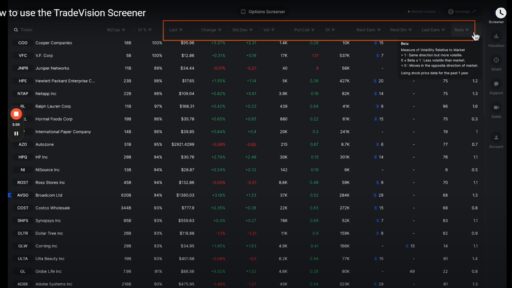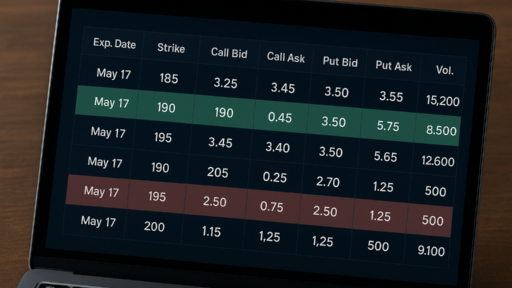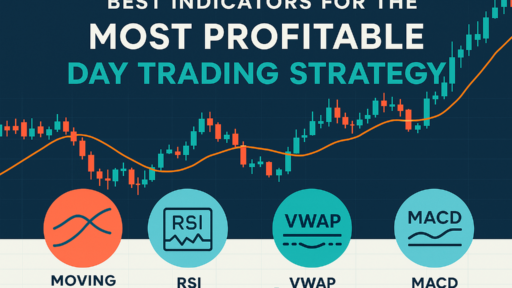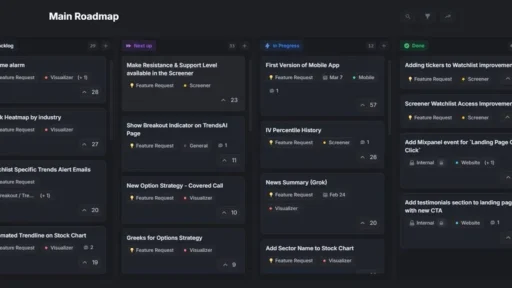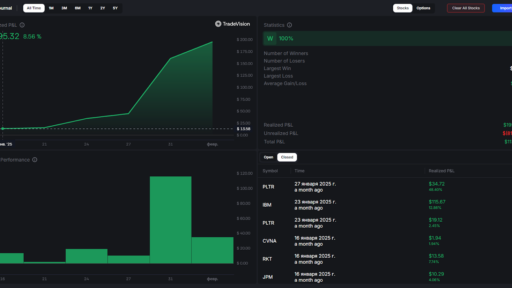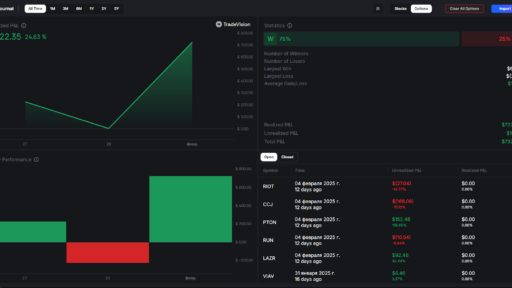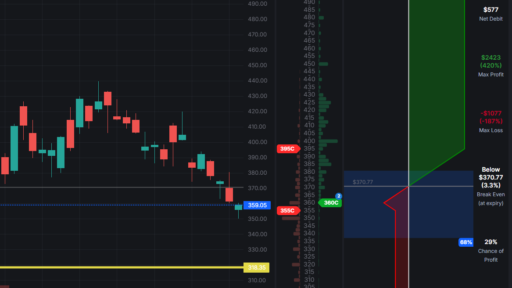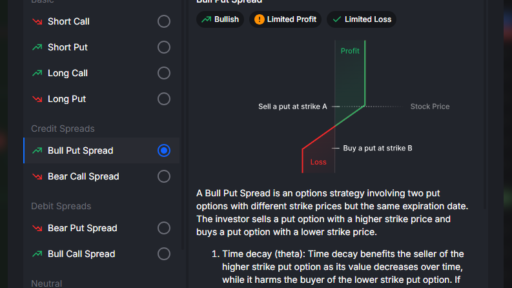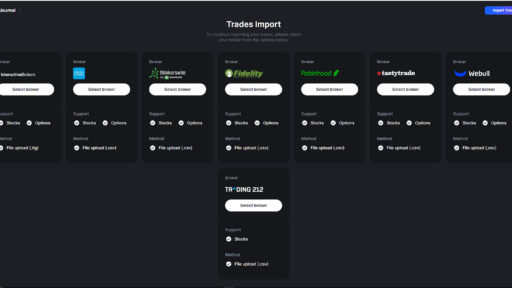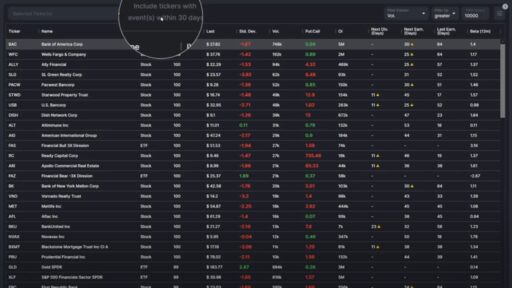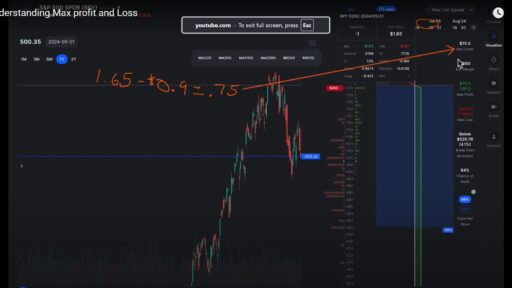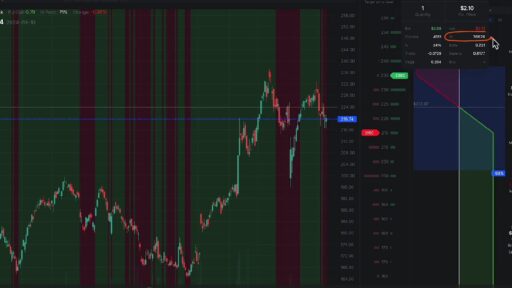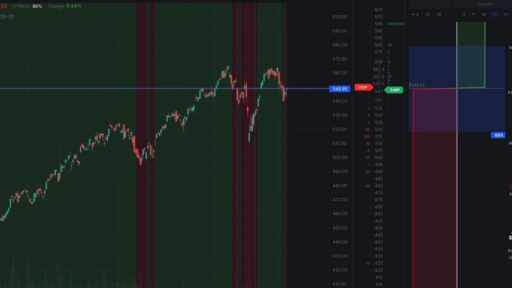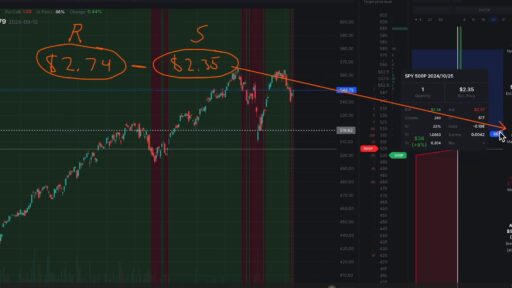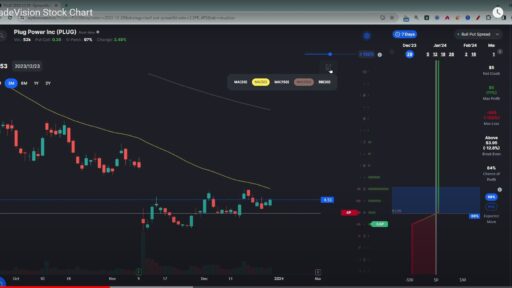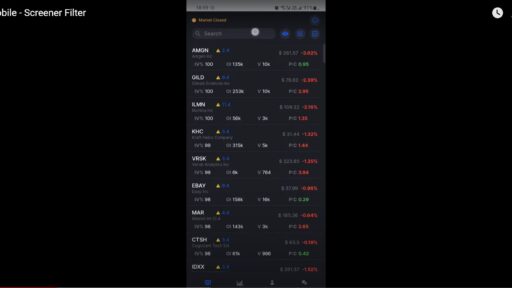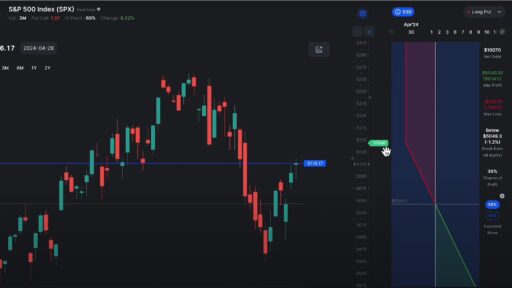Investors are constantly seeking opportunities to generate high returns, and one of the more enticing strategies involves trading short-term options. These contracts, which typically expire within a few days or weeks, can deliver quick profits. However, the potential for higher returns also comes with increased risk, making it essential to understand the trade-offs involved in short-term options trading.
Understanding the Appeal: Quick Profits and Rapid Value Decay
Short-term options hold a unique advantage due to the rapid time decay of their premiums. The phenomenon of theta, which measures how much an option’s price decreases as it approaches expiration, plays a key role here. Simply put, options lose value faster as their expiration date nears, particularly in the last few days. This rapid depreciation can create opportunities for traders to capitalize on a faster premium decay, especially in volatile markets.
For example, weekly options lose their value much more quickly each day compared to those with 45 days to expiration. In highly volatile markets, such as those tracked by the S&P 500 ETF (SPY), short-term options can become even more attractive due to their swift price changes, offering the potential for significant returns in a short time frame.
The Downsides: High Volatility and Increased Risk of Losses
Despite the allure of quick profits, short-term options trading comes with notable downsides. The most significant risk is P/L volatility—the fluctuation in profit and loss. While a single loss on a weekly option may be smaller compared to longer-term options, the likelihood of consecutive losses increases. This is especially dangerous in one-sided markets, such as during financial crises like 2008 and 2020, where short-term options underperformed significantly.
One of the key issues with short-term options is the limited management potential. Traders attempting to manage short-term options, whether by exiting early or adjusting positions, often find that these strategies don’t improve performance as effectively as they do for longer-term trades. For example, while proactive management can help mitigate losses in options with 45 days to expiration, it tends to be less effective with weekly or daily contracts.
Performance Challenges in Turbulent Markets
Short-term options are particularly vulnerable during times of market stress. In volatile periods, such as the 2008 financial crisis or the COVID-19 crash of 2020, short-term options struggled to perform. The rapid price movements and the market’s unpredictable swings made it difficult to consistently generate profits from these trades.
When compared to options with longer terms, such as those with 45 days to expiration, short-term options often fell short. The larger time window in longer-term options allows traders to better manage their risk and adapt to changing market conditions, reducing the likelihood of severe losses. Even proactive strategies, such as exiting early, tend to be less effective with short-term contracts.
Key Takeaways for Traders
- Risk of Continuous Losses: While a single loss with short-term options may be smaller, the risk of consecutive losses is higher. This can be particularly damaging in trending markets or periods of economic downturns.
- Limited Management Effectiveness: Managing short-term options proactively doesn’t improve their performance as significantly as with longer-term options. The time constraints make it harder to mitigate risks effectively.
- Performance During Market Crises: During financial downturns, such as 2008 and 2020, short-term options underperformed. Proactive management strategies, like exiting early, were not as effective at reducing losses as they were with options that had longer expiration periods.
Conclusion: The Balanced Approach to Options Trading
While short-term options trading can offer the allure of quick gains, they come with heightened risks that traders must understand. The volatility of these trades, coupled with the limited ability to manage them effectively, can lead to substantial losses, especially in turbulent markets.
For most traders, longer-term options, such as those with 45 days to expiration, provide a more stable and sustainable approach. These contracts allow for better risk management and have historically performed better, especially during market downturns. While short-term options can be a part of a diversified strategy, it is crucial to approach them with caution, aware of their high volatility and the potential for consecutive losses.
In the world of options trading, it’s important to weigh the potential for fast gains against the risk of rapid losses. By understanding these dynamics, traders can make more informed decisions and build strategies that are better suited to their financial goals.



